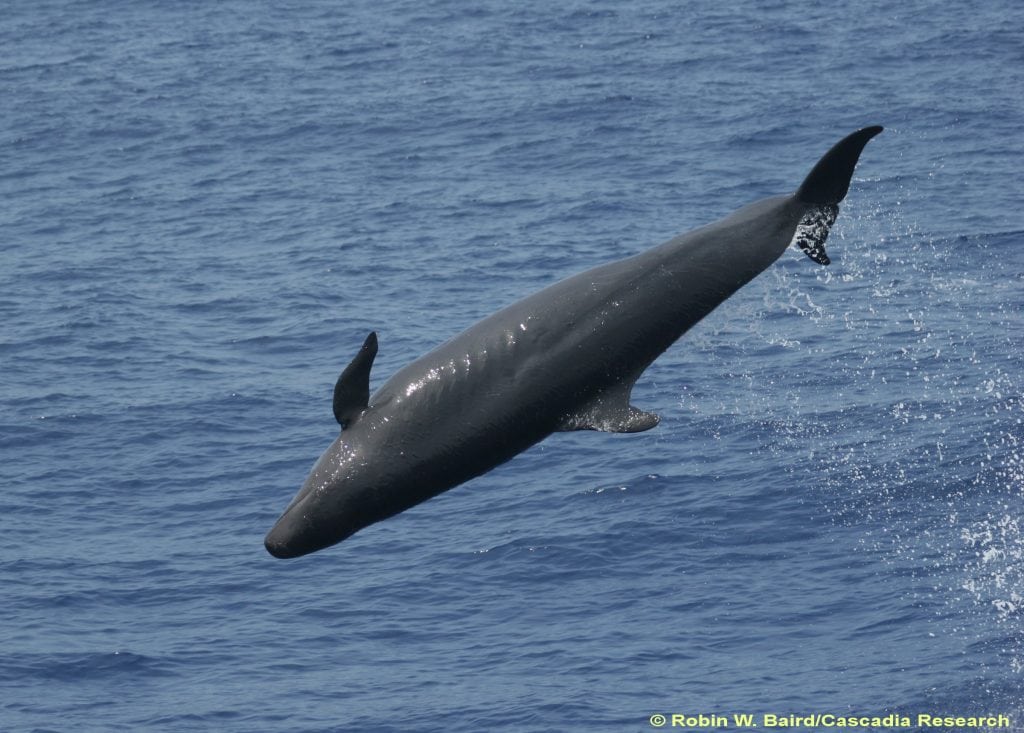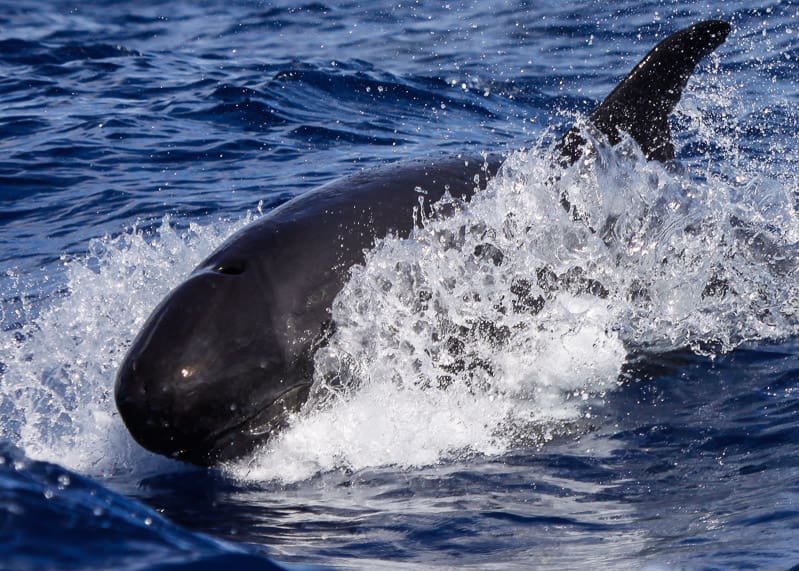

When hunting dolphins, killer whales have been observed working in spaced-out groups to isolate the dolphin and eventually exhaust it until the dolphin is out of energy and no longer able to run. While hunting for food, these marine mammals, the killer whales, will base their strategies on the prey they are hunting and use different methods to capture other prey. To obtain their meals, killer whales can often be observed hunting in groups. One study suggests that calves (newborn dolphins) will eat more food in body weight than adult dolphins to help them grow and develop. Depending on their age and diet, killer whales can eat anywhere from 2% to 10% of their body weight in food daily. Like the types of prey they hunt, the killer whales’ food intake can also vary significantly from one group to another. Offshore pods also tend to stick to a diet of fish, but physical scarring on these marine mammals shows that they may hunt other mammals and sharks. In contrast, killer whales living on transient pods primarily consume marine mammals. Depending on the killer whale’s region, their diets can change dramatically.įor example, killer whales living in resident pods typically consume fish and squid diets. To maintain their energy, killer whales will feast on small aquatic life forms such as fish, squid, octopus, and larger marine animals such as sea lions, seals, marine birds, penguins, whales, dolphins, and even sharks. The flippers are paddle-shaped with rounded ends to assist with swimming, and the flukes are tapered back and pointed at the end like a wide triangle or pyramid. These marine mammals have a stocky build that is widest in the center and tapers off towards the body’s upper and lower ends. To capture their food, the killer whale has a powerful jaw with teeth that can tear apart the flesh of their prey and withstand the jolting, wiggling, and hurtling movements of prey trying to escape.īecause the killer whale belongs to the toothed whale family, these dolphins are born with a single blowhole instead of the two baleen whales possess. The skull is somewhat oval-shaped, and the beak is extremely short and rounded at the end. In terms of physical appearance, killer whales have black backs, white chests and sides, and white circles above and behind their eyes.ĭepending on the pod the killer whales belong to, their dorsal fin may be tapered and pointed triangularly or rounded and curved towards the end. The largest recorded killer whale measured in at 32 feet and weighed over 10 tons. while an adult female killer whale will grow to an average length of 16 – 23 ft.
False killer whale full#
Physical Characteristics and AppearanceĪs stated earlier, the killer whale is the largest animal within the dolphin family.Īt full maturity, the male killer whale will usually grow to an average length of 20 – 26 ft. In other words, when it comes to marine mammals, the killer whale is at the top of the food chain. Having no known predators, the killer whale is known as an apex or alpha predator, which means it can hunt freely without fear of being attacked by another marine animal. Killer whales’ social structure is considered one of the most stable social structures of any animal species and is sometimes compared to humans and elephants’ cultures. These dolphins are extremely intelligent, well-organized animals and follow highly complex social structures within their pods, often consisting of large groups of family members that span several generations. In fact, the killer whale is the largest animal in the dolphin family and is one of the only known cetaceans to attack sharks, whales, and other large marine animals, which helps explain why they are so well known and famous. Killer whales are one of the most well-recognized animals globally and are easily spotted by their large size and distinct black and white color pattern. In addition to being known as the killer whale, these marine mammals may also be referred to as the Blackfish or the Orca. While the killer whale carries the name “whale” as part of its description, this marine mammal is considered a dolphin.

The toothed whale suborder comprises whales, dolphins, and porpoises born with teeth instead of baleen plates.


The killer whale (scientifically known as Orcinus orca) is a large oceanic marine mammal of the toothed whale (Odontoceti) suborder.


 0 kommentar(er)
0 kommentar(er)
